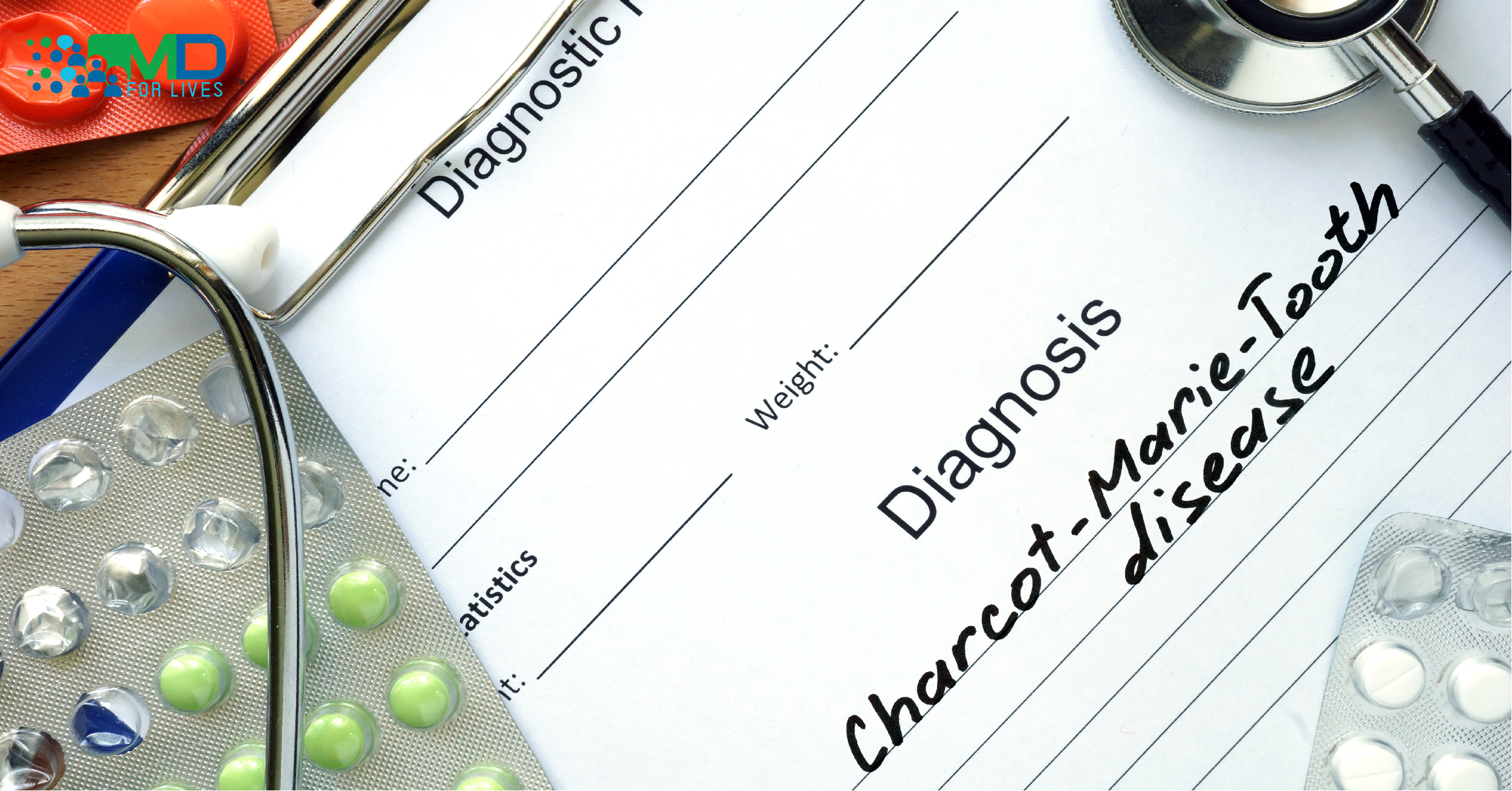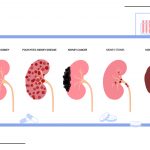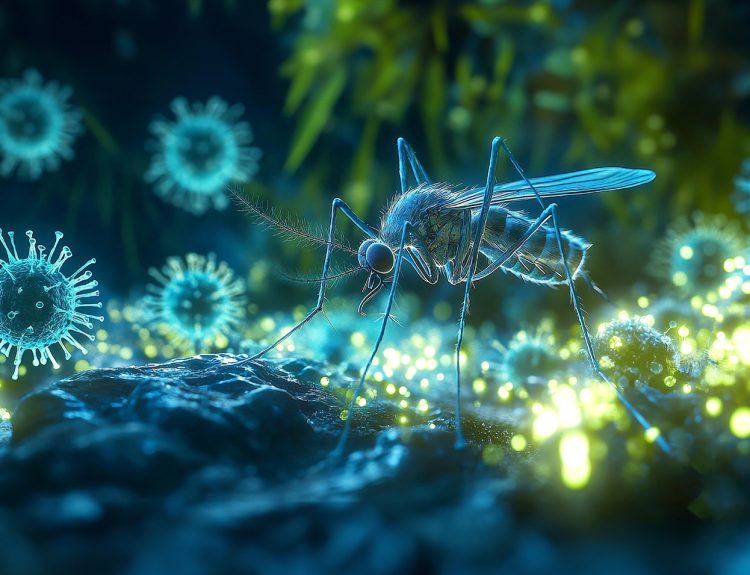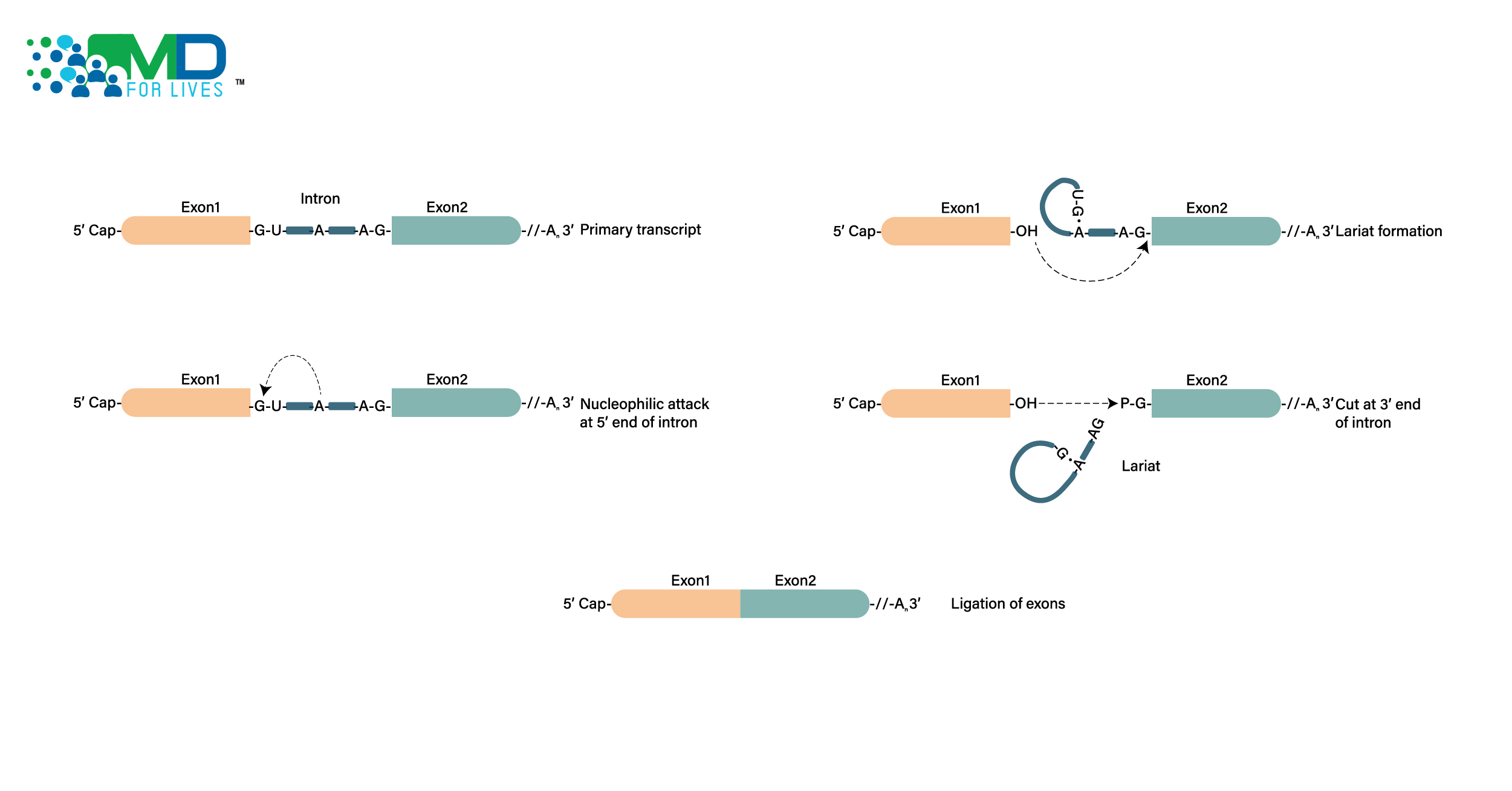An investigational therapy for Charcot-Marie-Tooth (CMT) disease is beginning its second Phase III trial. The therapy, called PXT3003, is under development by Pharnext and consists of a combination of three existing drugs that may have synergistic effects in treating patients with the most common CMT disease subtype. If approved, PXT3003 would be the first drug treatment available for any form of CMT disease.1
What is Charcot – Marie – Tooth Disease?
Charcot-Marie-Tooth disease is a group of inherited neuropathies that often lead to physical disabilities and sensory impairment. It may also be called hereditary motor sensory neuropathy (HMSN). Patients can carry duplications, mutations, or other changes in genes that lead to abnormalities in nerve axons, problems with myelination, or both. Peripheral nerves degenerate, leading to impairments in both sensation and motor control. Depending on the type, inheritance may be autosomal dominant, autosomal recessive, or X-linked.2,3

Charcot-Marie-Tooth disease symptoms most commonly appear in childhood or adolescence. Nerve damage often manifests as changes to sensation in the feet and/or muscle weakness in the legs and changes in gait. The disease is progressive, and patients may eventually lose feeling and strength in their hands, arms, and tongue. Pain, deformities in the feet, and muscle wasting are other common manifestations.2,3
Charcot-Marie-Tooth diagnosis includes a neurological exam, evaluation of muscle strength and characteristic deformities, and sometimes nerve conduction studies, electromyography, or a nerve biopsy. Genetic studies may be performed to identify the specific mutation.2,3

Charcot-Marie-Tooth Disease Therapies in Development
No specific therapy is currently available for CMT disease. Current management includes physical and occupational therapy, orthotic and adaptive devices, pain medications, and sometimes surgery.
Several innovative treatments are under investigation. Helixmith and Sarepta Therapeutics are working separately on Charcot-Marie-Tooth gene therapy agents, initially for CMT1A, the most common CMT subtype.4.5 CMT1A is the result of a duplication of the peripheral myelin protein 22 (PMP-22) gene, which leads to problems with myelination and eventually loss of axons.6 Antisense and RNAi oligonucleotides that would reduce PMP-22 expression are also under development,6,7 while agents that target myelin lipid metabolism and P2X7 purinoceptor inhibition are in preclinical stages.6
The CMT1A subtype is also the focus of Pharnext’s new Phase III trial of PXT3003. PXT3003 combines three existing agents – baclofen, sorbitol, and naltrexone – that showed synergistic effects on sensory and motor function in a rat model of the disease.6 The three agents are given as an oral solution twice a day. The combination is thought to act by reducing the expression of PMP-22 mRNA, which is overproduced in patients with CMT1A.8

The first Phase III trial of PXT3003 included 323 patients and ran for 15 months. Patients between the ages of 16 and 65 were randomly assigned to receive a placebo or PXT3003 at either a low or a high dose. Patients given the higher dose showed a mean 0.37-point reduction compared with placebo on the Overall Neuropathy Limitations Scale (P=0.008), thus meeting the primary outcome, as well as a 0.5-second reduction compared with placebo in the 10-meter walk test (P=0.016).9 The drug combination also showed good safety and tolerability, according to the study authors. However, manufacturing problems lead to a dose interruption for some patients in the study, resulting in missing data, and the FDA requested a second Phase III trial.1
Based on PXT3003’s suspected mechanism of action and preclinical studies in rats, the combination therapy may show greater success at slowing disease progression and the development of Charcot-Marie-Tooth disease symptoms if treatment is started earlier in life.8,10







